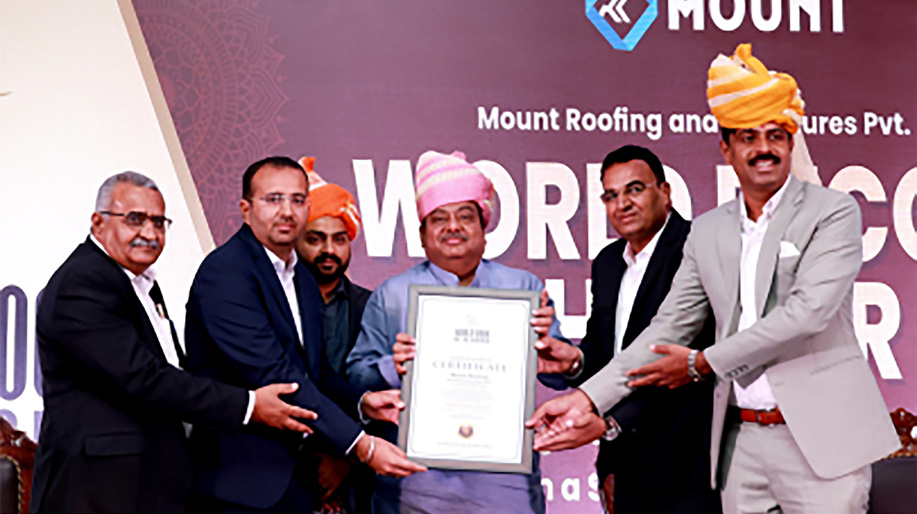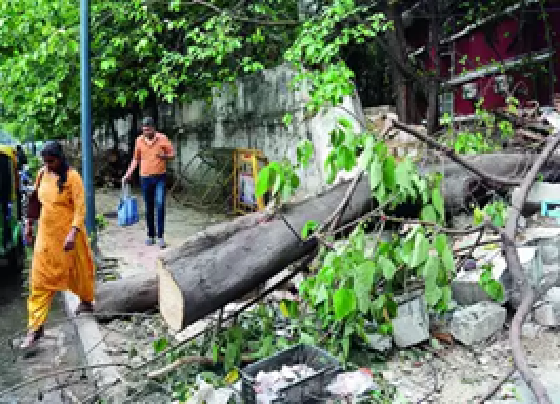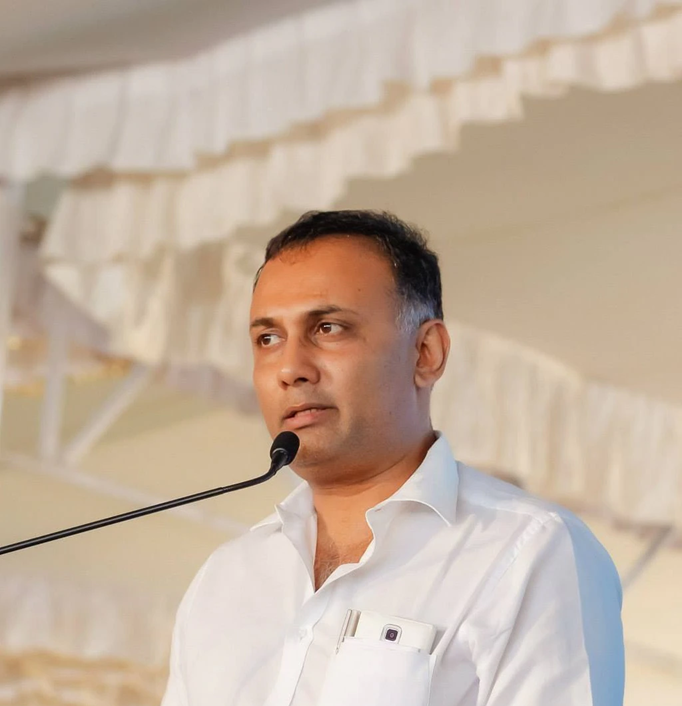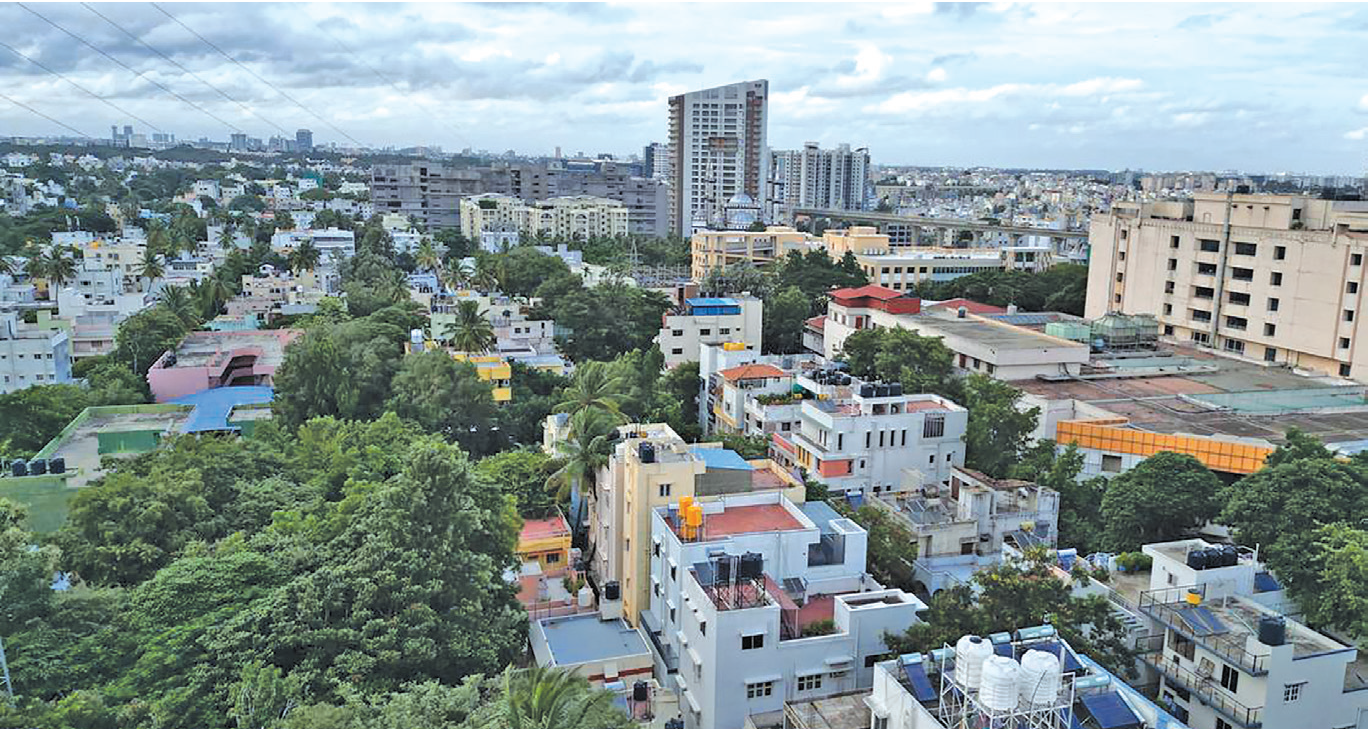.jpeg)
Unknown facts, myths about India’s freedom struggle
Bengaluru, NT Bureau: The Indian freedom struggle is often told through iconic leaders and events, leaving many stories untold.
Insights from historians Dr M Kotresh, former registrar of Bangalore University, Shashidhar M, head of the History Department, BU, and Dr YH Nayakwadi, head of the History Department of Mysore University, reveal lesserknown events and personalities that were crucial to the country’s independence.
Kotresh says that many significant personalities and events are overshadowed by mainstream history. Tribal leaders, local commanders and women like Matangini Hazra and Birsa Munda, who resisted British rule, often remain underrepresented compared to national leaders.
He echoes the need to recognise the contributions of women and marginalised communities. These groups were not mere participants but active leaders in various revolts and movements.
The role of Dalit leaders like Dr BR Ambedkar in challenging both colonial rule and social injustice is a testament to their significant yet overlooked impact. Understanding their contributions provides a more inclusive narrative of the freedom struggle.
Shashidhar reveals how colonial propaganda and post-Independence narratives have perpetuated certain myths about the freedom struggle. For instance, the idea that India achieved independence solely through nonviolent means oversimplifies the diverse strategies employed.
Revolutionary activities, peasant uprisings and armed struggles were also vital components of the movement. He also sheds light on the underground movements and secret societies that operated covertly, often at personal risk. Groups like the Hindustan Republican Association, founded by revolutionaries like Bhagat Singh, played a crucial role in challenging British authority through armed resistance.
Their activities, though less publicised, were instrumental in keeping the spirit of rebellion alive. According to Nayakwadi, history textbooks often present a sanitised version of the freedom struggle, omitting the complexities and conflicts within the movement.
Portrayal of events like the Quit India Movement as a unified national effort overlooks the internal dissent and differing strategies among various factions.
This selective narration distorts the true nature of the struggle, leading to an incomplete understanding. Nayakwadi adds that often forgotten regional movements played a crucial role, highlighting the complexity of India’s fight for independence.
He notes that India’s freedom struggle both influenced and was influenced by global movements, such as the US civil rights movement inspired by Gandhi’s nonviolence.
 English daily published in Bengaluru & Doha
English daily published in Bengaluru & Doha






